The Klamath River's dams are being removed. Inside the effort to restore a scarred watershed
Published in Science & Technology News
HORNBROOK, Calif. — Near the California-Oregon border, reservoirs that once submerged valleys have been drained, revealing a stark landscape that had been underwater for generations.
A thick layer of muddy sediment covers the sloping ground, where workers have been scattering seeds and leaving meandering trails of footprints. In the cracked mud, seeds are sprouting and tiny green shoots are appearing.
With water passing freely through tunnels in three dams, the Klamath River has returned to its ancient channel and is flowing unhindered for the first time in more than a century through miles of waterlogged lands.
Using explosives and machinery, crews began blasting and tearing into the concrete of one of the three dams earlier this month. While the massive dismantling project advances, a parallel effort to restore the river to a natural state is just beginning.
“It’s a beautiful thing, and a beautiful feeling, that that process of healing has begun,” said Leaf Hillman, a member of the Karuk Tribe who spent more than two decades campaigning for the removal of dams, and who said he’s overjoyed to see the process finally underway.
Standing on a bluff overlooking Iron Gate Dam, Hillman watched the turbid, chocolate-colored water flowing from a tunnel and passing downriver. He said the muddy, sediment-laden water streaming from the drained reservoirs might look ugly to some people, but it’s a sign of improving health that the dead algae and muck that had accumulated in the reservoirs is now being washed out.
“It feels like a cleansing that is long overdue. This river has been literally dying for years, having the life strangled out of it by these dams,” Hillman said. “I love seeing that sediment being pushed down, because that’s a river acting like a river.”
The emptying of the reservoirs, which began in January, is estimated to have released as much as 2.3 million tons of sediment into the river, abruptly worsening its water quality and killing nonnative perch, bluegill and bass that had been introduced in the reservoirs for fishing.
Downstream from the dams, the river’s banks are littered with dead fish. But tribal leaders, biologists and environmentalists say that this was part of the plan, and that the river will soon be hospitable for salmon to once again swim upstream to spawn.
For Hillman and other Indigenous activists, the struggle to restore the Klamath involved years of protests — including outside a Scottish Power shareholders meeting in Edinburgh when the U.K. company owned PacifiCorp — until agreements were finally negotiated to remove the hydroelectric dams.
...continued
©2024 Los Angeles Times. Visit at latimes.com. Distributed by Tribune Content Agency, LLC.
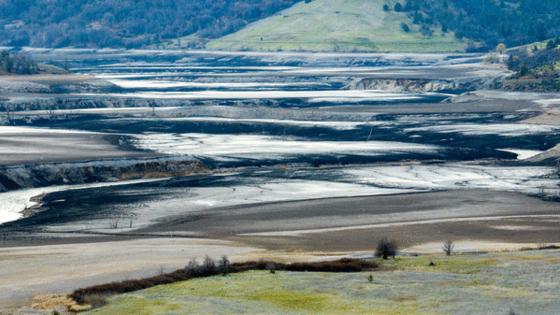
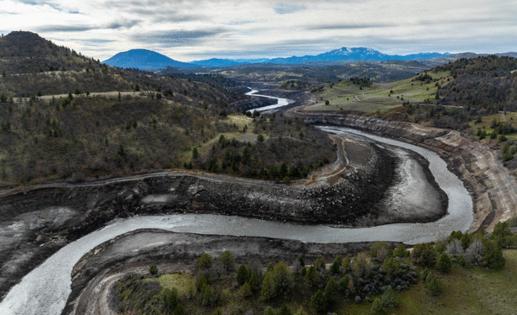
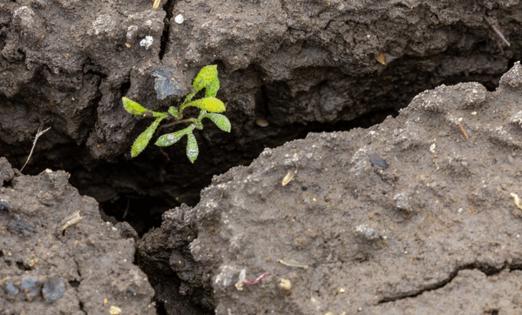
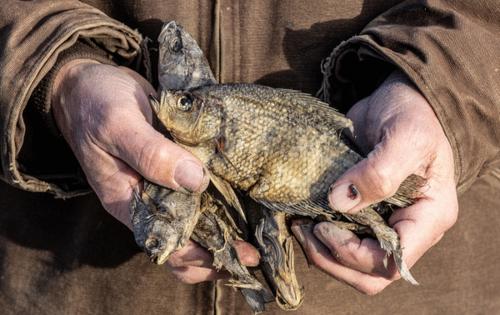
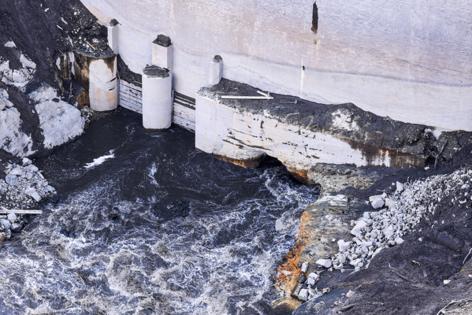











Comments